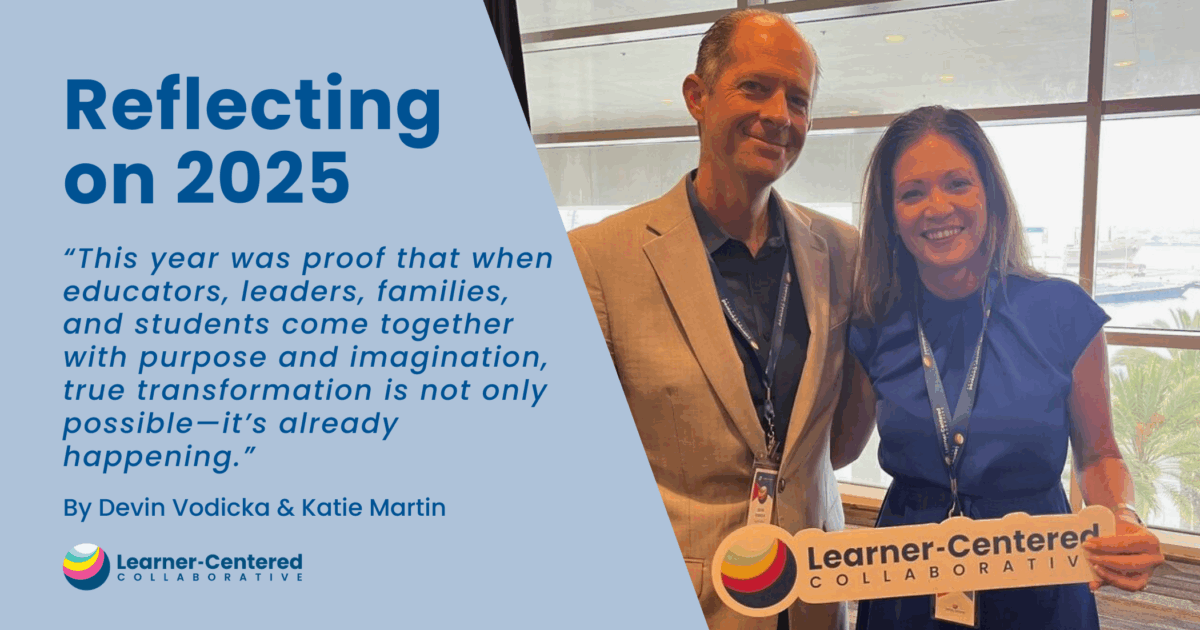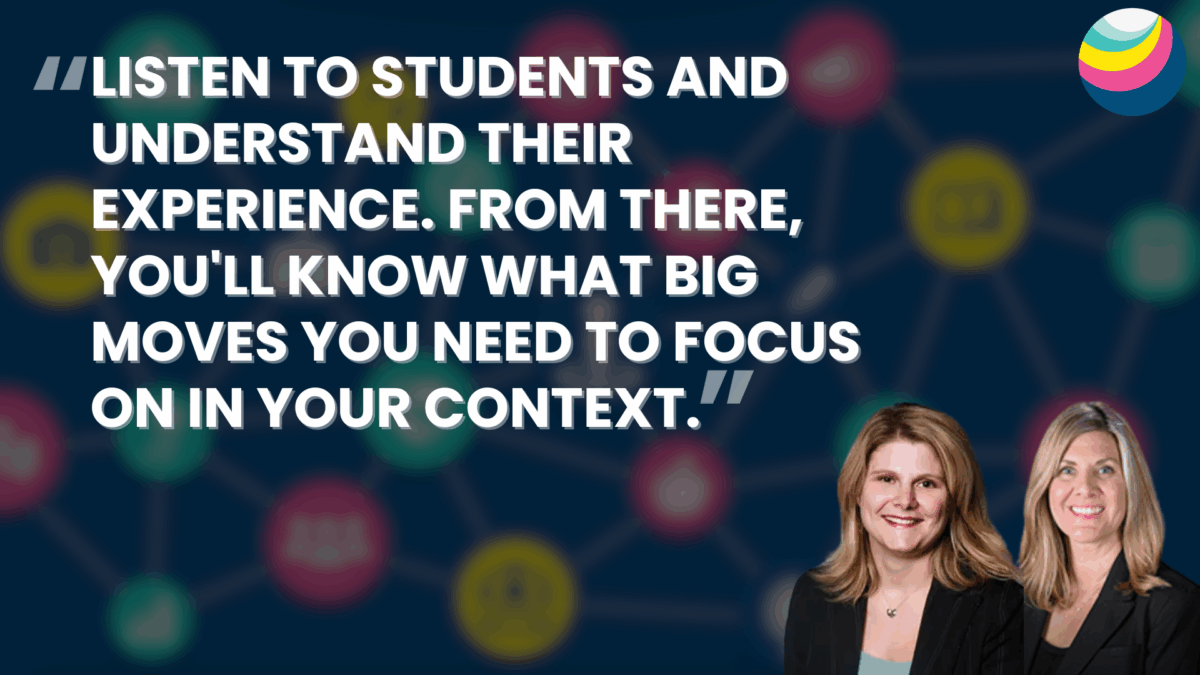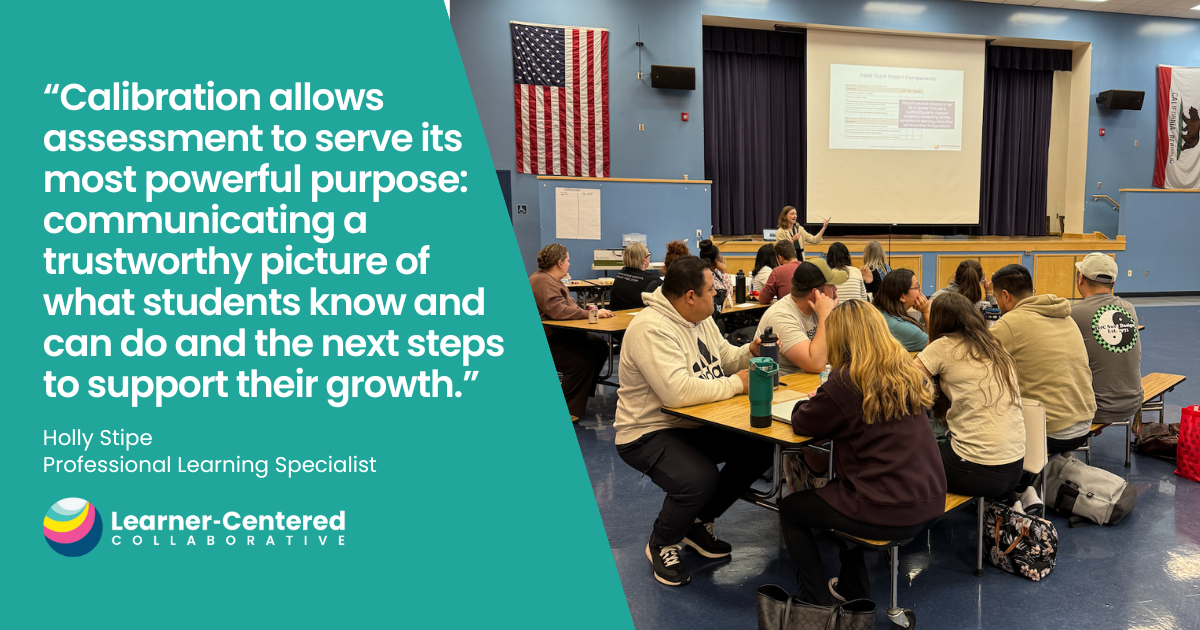Understanding and Influencing Collective Efficacy: The Key to Driving Transformative Change in Education

When reimagining education, collective efficacy isn’t just an advantage – it’s non-negotiable for district and school leaders committed to true organizational innovation. At its core, collective efficacy refers to the shared belief among team members that they can purposefully and effectively handle challenges and stressors to achieve desired results and prevent undesired outcomes. In short, it’s having confidence that you have the people, the grit, and the resilience to bring your organizational vision to fruition. Without collective efficacy driving decision-making and implementation efforts, even the most well-designed plans for change are likely to stall.
John Hattie’s research highlights the profound impact of Collective Teacher Efficacy (CTE) in schools. Hattie defines CTE as, “the shared belief by a group of teachers in a particular educational environment that they have the skills to positively impact student outcomes” (Corwin Visible Learning, 2023). Remarkably, research indicates that teacher collective efficacy has the greatest impact on student achievement compared to other factors like direct instruction, feedback, response to intervention, formative teacher evaluation, and teacher credibility.
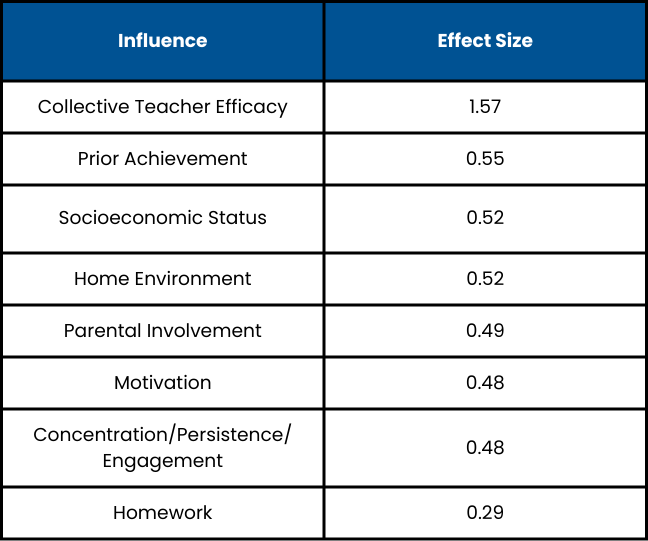
When reimagining education systems to better prepare learners for the future, perceived collective efficacy is pivotal. A team’s collective belief that they can produce desired outcomes and overcome challenges is a key driver of whether they will take risks, persist through obstacles, and fully commit to enacting transformative change. Without high levels of collective efficacy, even the most innovative plans are unlikely to realize their full potential.
This underscores why district and school leaders must prioritize cultivating a strong sense of collective efficacy within their teams as they embark on initiatives to profoundly shift how learners experience school. Staff need to firmly believe in their collective capacity to turn vision into reality.
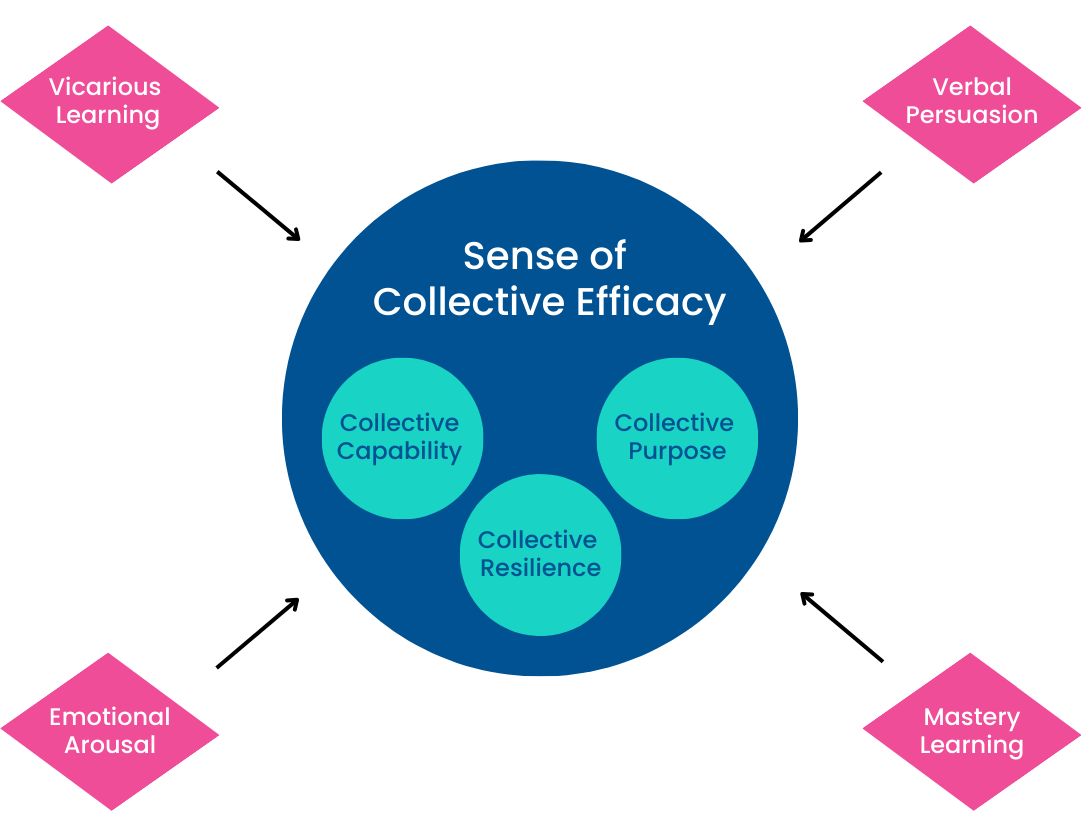
Unpacking Collective Efficacy
Levels of collective efficacy are composed of three core elements: collective capability, collective purpose, and collective resilience (Bandura, 1997; Bohn, 2010).
Collective capability is the confidence team members have in one another that organizational goals can be accomplished. Collective purpose is the clarity in understanding the organization’s direction. Collective resilience is the confidence colleagues have in the organization’s ability to stay the course through setbacks and unexpected challenges. Each element plays an instrumental role when redesigning school structures and the learning experiences offered in an education ecosystem.
Drivers to Positively Influence Levels of Collective Efficacy
District and school leaders can focus their energy on the following four drivers to positively influence levels of collective efficacy across their organization: Vicarious Learning, Verbal Persuasion, Emotional Arousal, and Mastery Learning.
Vicarious Learning
Vicarious learning occurs when team members have the opportunity to observe each other completing tasks or achieving desired outcomes. This can be achieved through various means, such as:
- Creating intentional mentorship networks linking new leaders with more experienced ones and facilitating shadowing experiences
- Leveraging platforms for sharing success stories, such as newsletters or social media channels
- Facilitating Learning Walks to showcase strategies that have been successfully implemented
Creating time and space for learning through observing others is a powerful tool for building a sense of collective efficacy.
Verbal Persuasion
Verbal persuasion is the use of positive communication and encouragement to influence individuals’ beliefs in the collective capabilities of a team. This can be achieved through:
- Providing constructive feedback
- Affirming strengths
- Regularly conveying confidence in the team’s potential
These actions not only enhance potential, but also elevate morale, motivation, and levels of collective efficacy. School and district leaders can also consistently communicate the organization’s vision and mission and make explicit links to the collective goals, helping team members see the bigger picture and identify their role within it.
Emotional Arousal
Emotional arousal can positively enhance a team’s belief in their collective ability to achieve organizational goals by igniting feelings such as excitement, pride, and empathy. Strategies to evoke emotional arousal include:
- Celebrating successes focused on desired goals
- Sharing inspiring stories that highlight innovation to both internal and external communities
- Modeling positive attitudes and behaviors that demonstrate optimism, resilience, and a strong belief in the team’s capabilities.
Additionally, cultivating high levels of relational trust also enhances levels of collective efficacy.
Mastery Learning
Mastery learning occurs when teams experience success, accomplish a goal or outcome, and/or profoundly impact an individual’s or group’s efficacy beliefs. District and school leaders can leverage a co-created Framework for the Future to explicitly define priority whole-learner outcomes, learning experiences, and enabling conditions it commits to education partners in their system. They can also leverage a scorecard to monitor progress toward the aspirations found in the framework.
A clear vision for where the organization is going and success metrics to measure progress is a great first step. However, timely celebrations of success must occur to positively influence levels of collective efficacy. This can be accomplished by:
- Creating a culture of celebration that incorporates recognition events and communications
- Providing opportunities that encourage community problem-solving and celebrate “failing-forward” efforts.
The Importance of Collective Efficacy in Transforming Education
The evolution of how learners experience school requires high levels of collective efficacy. A team’s collective efficacy shapes their future aspirations, resource utilization, effort levels, and overall output. By engaging the four drivers, leaders can nurture team members’ belief in one another to accomplish goals, clarity on the mission, and confidence to persist through challenges. This unified sense of collective capability, purpose, and resilience is essential for enacting real change.
References
Bandura, A. (1997). Self-efficacy: The exercise of control. W.H. Freeman.
Bohn, J. G. (2010). Development and exploratory validation of an organizational efficacy scale. Human Resource Development Quarterly, 21(3), 227–251. https://doi.org/10.1002/hrdq.20048
Corwin Visible Learning. (2023). Global research database. https://www.visiblelearningmetax.com/Influences
Donohoo, J., Hattie, J., Eells, R. (2018, March 1). The Power of Collective Efficacy. ACSD. https://www.ascd.org/el/articles/the-power-of-collective-efficacy
